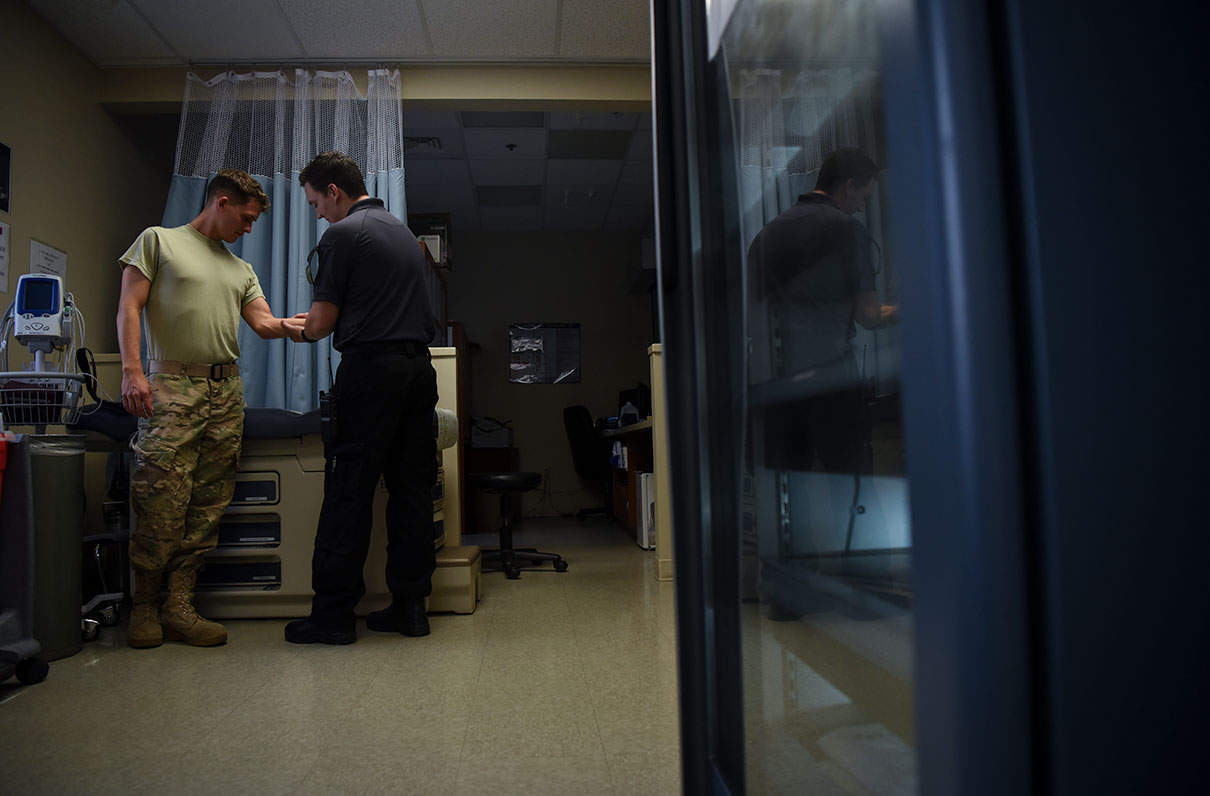July 11, 2018
We are not alarmed - yet. We are watching recent trends in military health care, and we are concerned. We are investigating four trends in particular:
1. Fewer Hospitals
There appears to be a coordinated effort being carried out to reduce the size and scope of the military treatment facilities (MTFs). We are asking DoD about it because of information we received from some of our MOAA members, and then verified by inquiring with the services' medical headquarters. This trimming exercise is concerning and bears close watching. An MTF provides medical and health services primarily designed for the active duty service member first. Some MTF's have expanded services to care for families of active duty and retirees, as well. There is a range of sizes of MTF's, from small clinics to medical centers with comprehensive services.
2. Centralizing Command and Control
Defense Health Agency (DHA) prepares to take command and control of all three of the services' hospitals and clinics. Congress passed this new MTF oversight plan almost two years ago as part of a sweeping list of military health reforms.
3. Air Force Shrinking TRICARE Prime Rolls
MOAA recently learned the Air Force is in the process of reducing its primary care TRICARE Prime enrollments, within each of their MTF's, more notably at Tyndall AFB, Fla., and Hill AFB, Utah. While individual MTF's, have fluctuated over the years, with the availability of services, it was usually due to changes in the readiness missions on various bases. Of late, the Air Forces change in enrollment policy is a result of other factors.
According to the Air Force Medical Service, the reduction in beneficiary enrollment to MTF primary care providers (other than active duty), is due primarily to the national shortage of primary care providers. And this shortage, combined with inconsistent policies of MTF primary care enrollments, provider deployments, and other factors, have resulted in sub-optimal health care access for Air Force beneficiaries.
In addition to adjusting beneficiary enrollment numbers, the Air Force Medical Service has increased the focus on physician recruiting and retention efforts, initiated short-term contracts, is using local Urgent Care Centers, using virtual appointments and providing manning assistance to those MTFs in greatest need. In some instances, physicians are being replaced with physician assistants and nurse practitioners to increase MTF capacity to provide service.
4. Inpatient Services Closing
The Air Force is not the only service experiencing these challenges. We can couple this new development with other recent changes within the military health system more broadly, such as the closure of inpatient services at the naval hospital in Pensacola, Fla., and the closure of inpatient pediatric services at Womack Army Medical Center at Fort Bragg, N.C.
What do changes such as these mean for mainly TRICARE Prime beneficiaries? We do know that increased care, purchased off base in the community, will result in higher out of pocket costs for beneficiaries. MOAA will closely watch for any further reductions in MTF services for military beneficiaries - and work diligently on your behalf to prevent further erosion of military beneficiaries earned health care benefits.
Have you been impacted? Have you checked with your MTF lately? MOAA wants to know about your health care experience in military treatment facilities. Please feel free to share your story by emailing legis@moaa.org.
